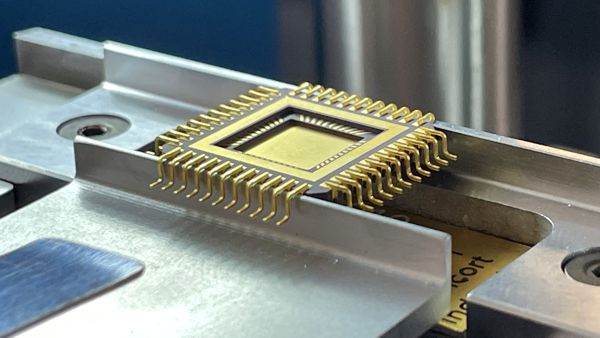|
Outline
This procedure covers the general guidelines for trimming and forming electronic component leads. Components may be supplied in a frame configuration and need to be trimmed and formed to meet requirements to match component footprint patterns on circuit boards.
|
|||||||||||||||||
|
Procedure
Caution: This process may use automated, semi-automated, and manual trimming and forming machines. Operators should use appropriate safety procedures and safety equipment to prevent injury.
Evaluation
|
|||||||||||||||||
Images and Figures
Component Trim and Form

Figure 1. Determine the finished component lead formed dimensions.

Figure 2. If the component being processed has a plastic tie bar or frame, it may be necessary to trim this tie bar before processing.

Figure 3. Trim and form machine performing the cutting and forming operations.

Figure 4. See the procedure for detailed instructions.
|
|||||||||||||||||
6.5 Component Trim and Form
Procedure covers methods for triming and forming leads on electronic components.
Minimum Skill Level: Expert
Conformance Level: High
REQUEST FOR QUOTE GUIDES INDEX

Component Trim and Form

Determine the finished component lead formed dimensions.

If the component being processed has a plastic tie bar or frame, it may be necessary to trim this tie bar before processing.

Trim and form machine performing the cutting and forming operations.

See the procedure for detailed instructions.

Get precision component trimming and lead forming to your exact specs at Circuit Technology Center.
LEARN MORE
SLIDESHOW STARTING
❮
❯





